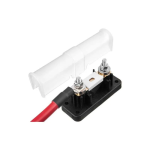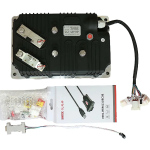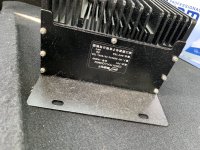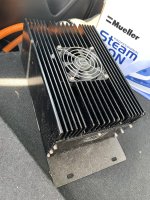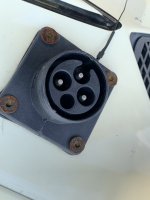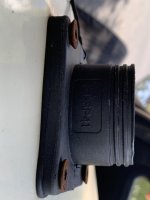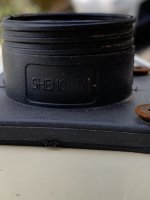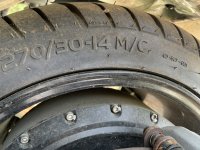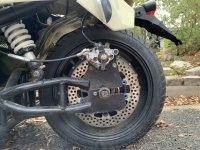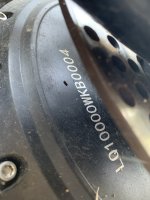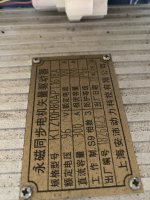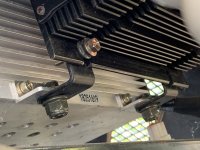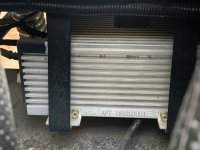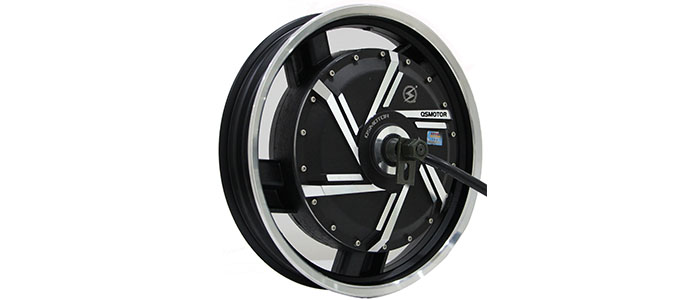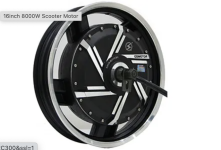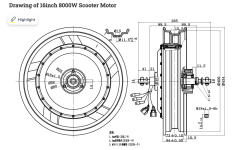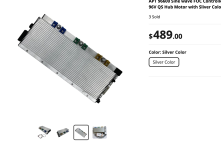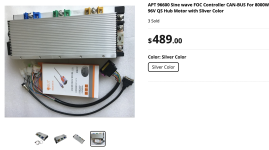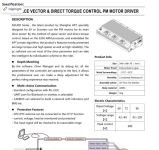hi,
I purchased this 3 wheeled e trike from someone who ordered it online and paid a mechanic to build it.
Unfortunately, the mechanic installed the Parking brake backwards. So, upon purchase, i accidentally had the parking brake in the OFF position, which really means on, and after about 3 minutes of driving i started to smell a burning smell and then all power to the wheel shut down and i had to pull over on the side of the road and tow this back to my place.
So, Obviously, i made a few mistakes here. One, i drove it with the parking brake on after I already knew it was in the wrong position. Oops.
Two, I didnt notice that there was resistance or something wrong when i was driving, even though the setup felt a little off. Because it was my first time taking it out on a highway i had no idea what normal was suppossed to feel like.
Now im in the proess of deciding what to do to fix it.
My thoughts, not knowing that much about e bikes, is that the resistance caused by the parking brake on the rear single wheel was enough to at 30-40mph burn out the motor completely to the point where it needs to be replaced.
2nd option is that the controller was burned out and needs to be replaced and the wheel is fine.
3rd option, the motor overheated, and then the controller shut down the rear wheel. However ever since this happened i cannot get anything on the trike to work. The battery will still charge fine, and the key will turn the system on via the dashboard panel, however no power will ever touch the wheel.
Do you guys think i need to replace the motor hub, the controller, or is it possible there is a reset function that needs to be hit on the controller to restart the system?
Parking brake is a clamp for the disc brake on the rear wheel, and I probaby drove a mile and smelled burning about halfway through before the entire system shut down.
I've attached some photos, and sincrely appreciate your help.
I'm not very mechanically inclinded and dont have any e bike experience, however ive spent about 20 hours reading about how all this stuff works so its not my first time
controller is a APT 181203001
Im not sure the exact model of the wheel, but its about 9" across and 8000 watts i beleive
I also somehow have misplaced the charging cable that plugs into the receptical on the bike for charging. Im not work exactly what the head is, but i attached the charger (black with a fan) and the receptical
I purchased this 3 wheeled e trike from someone who ordered it online and paid a mechanic to build it.
Unfortunately, the mechanic installed the Parking brake backwards. So, upon purchase, i accidentally had the parking brake in the OFF position, which really means on, and after about 3 minutes of driving i started to smell a burning smell and then all power to the wheel shut down and i had to pull over on the side of the road and tow this back to my place.
So, Obviously, i made a few mistakes here. One, i drove it with the parking brake on after I already knew it was in the wrong position. Oops.
Two, I didnt notice that there was resistance or something wrong when i was driving, even though the setup felt a little off. Because it was my first time taking it out on a highway i had no idea what normal was suppossed to feel like.
Now im in the proess of deciding what to do to fix it.
My thoughts, not knowing that much about e bikes, is that the resistance caused by the parking brake on the rear single wheel was enough to at 30-40mph burn out the motor completely to the point where it needs to be replaced.
2nd option is that the controller was burned out and needs to be replaced and the wheel is fine.
3rd option, the motor overheated, and then the controller shut down the rear wheel. However ever since this happened i cannot get anything on the trike to work. The battery will still charge fine, and the key will turn the system on via the dashboard panel, however no power will ever touch the wheel.
Do you guys think i need to replace the motor hub, the controller, or is it possible there is a reset function that needs to be hit on the controller to restart the system?
Parking brake is a clamp for the disc brake on the rear wheel, and I probaby drove a mile and smelled burning about halfway through before the entire system shut down.
I've attached some photos, and sincrely appreciate your help.
I'm not very mechanically inclinded and dont have any e bike experience, however ive spent about 20 hours reading about how all this stuff works so its not my first time
controller is a APT 181203001
Im not sure the exact model of the wheel, but its about 9" across and 8000 watts i beleive
I also somehow have misplaced the charging cable that plugs into the receptical on the bike for charging. Im not work exactly what the head is, but i attached the charger (black with a fan) and the receptical
Attachments
-
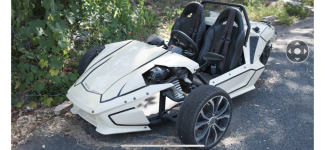 IMG_4118.png4.1 MB · Views: 5
IMG_4118.png4.1 MB · Views: 5 -
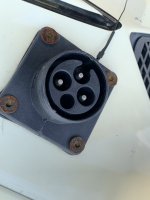 IMG_4207.jpeg934 KB · Views: 5
IMG_4207.jpeg934 KB · Views: 5 -
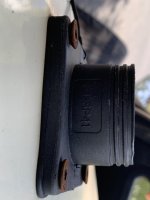 IMG_4206.jpeg1.1 MB · Views: 4
IMG_4206.jpeg1.1 MB · Views: 4 -
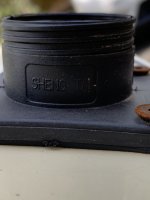 IMG_4205.jpeg1.1 MB · Views: 4
IMG_4205.jpeg1.1 MB · Views: 4 -
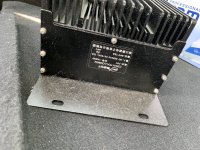 IMG_4211.jpeg2.1 MB · Views: 3
IMG_4211.jpeg2.1 MB · Views: 3 -
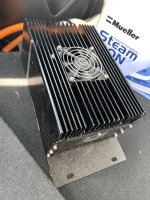 IMG_4210.jpeg2.2 MB · Views: 3
IMG_4210.jpeg2.2 MB · Views: 3 -
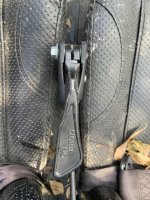 IMG_4201.jpeg1.8 MB · Views: 3
IMG_4201.jpeg1.8 MB · Views: 3 -
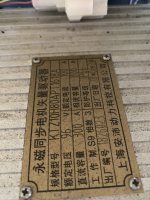 IMG_4199.jpeg2 MB · Views: 4
IMG_4199.jpeg2 MB · Views: 4 -
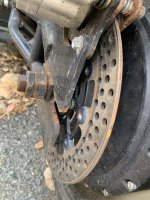 IMG_4153.jpeg1.6 MB · Views: 4
IMG_4153.jpeg1.6 MB · Views: 4 -
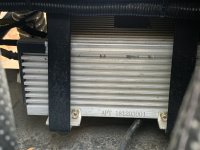 IMG_4124.jpeg1.9 MB · Views: 4
IMG_4124.jpeg1.9 MB · Views: 4 -
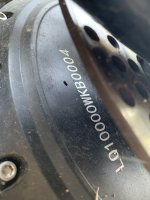 IMG_4128.jpeg1.4 MB · Views: 3
IMG_4128.jpeg1.4 MB · Views: 3 -
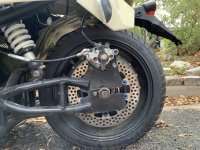 IMG_4129.jpeg3.8 MB · Views: 2
IMG_4129.jpeg3.8 MB · Views: 2 -
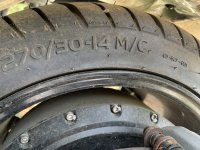 IMG_4132.jpeg3.5 MB · Views: 2
IMG_4132.jpeg3.5 MB · Views: 2 -
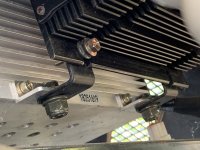 IMG_4149.jpeg1.4 MB · Views: 3
IMG_4149.jpeg1.4 MB · Views: 3


